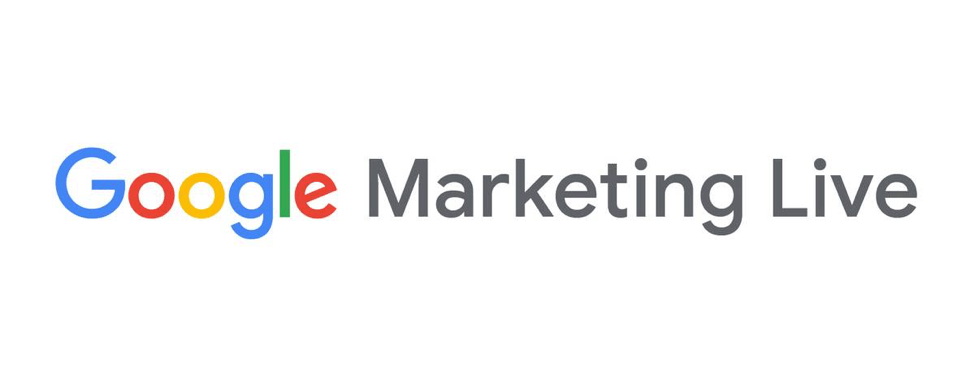We’re only days away now from Google Marketing Live, where we’ll find out about the year ahead of feature changes in Google’s Advertising platforms. The big bomb has already been dropped, with Google announcing it will be changing the name of its 18-year-old platform, Google AdWords, to ‘Google Ads’. Is this the biggest news to come, or is it the smoke-bomb before Google drops more changes on us? Here are our predictions of what’s coming, but first let’s look a bit closer at the re-brands.

What do all these re-brands mean?
Google has merged a number of their digital marketing platforms to form three new brands, ‘Google Marketing Platform’ (merging DoubleClick Digital Marketing and Google Analytics 360), ‘Google Ad Manager’ (merging DoubleClick Ad Exchange and DoubleClick for Publishers), and lastly ‘Google Ads’, which will be the new name for Google AdWords. Interestingly, ‘Google Ads’ has been the common vernacular for non-marketing people for some time now.
Could this mean that Google intends to make their platform more palatable to individual advertisers, rather than specialised agencies? Quite possibly, but that is not to say that agencies don’t have a part to play in the future of Google Ads. If Google’s intense amount of focus on Smart Campaigns & AdWords Express is anything to go by, this branding change is likely part of a big shift to make buying ads from Google easier for all.
What’s a Google conference without a bit of AI & ML chat?
Last year, Google CEO Sundar Pichai announced that Google would shift its focus towards becoming an AI-first company. Expect no surprises here. Among the announcements about the re-brands, there will be plenty of talk about machine-learning-driven campaign management in the form of Smart Campaigns and Smart Bidding. The recent release of Goal-Optimised Shopping Campaigns is a prime example of Google’s focus on campaigns learning for you so you don’t get bogged down in the detail managing campaigns. These campaigns rely heavily on audiences created through remarketing tags to predict new and existing website users’ behaviour. A key aspect of the machine’s ability to learn is being able to draw from more than just a single targeting method to predict a user’s behaviour. Continuing to incorporate audiences into ‘Smart’ targeting is likely to be a large focus over the coming year, and is potentially why Google is adopting a more holistic view of their platform by taking ‘Word’ out of the name.
Is this the end of keyword targeting as we know it?
Short answer is no, Google Search ads will continue to be dependent on our ability to think like the consumer and understand what they are searching. However, we would be wise to take this as a sign that keywords alone will not be enough to drive campaign competitiveness in the future. We have seen rapid roll-out of new audience features for all campaign types, including search, in the last year. RLSAs changed the game for Search campaigns and now we’re seeing this part of campaign targeting transform. Marketers can feel more comfortable using the ‘broad’ match type, knowing they are targeting only users with high intent in search, based on a variety of other signals than just search terms.
Last days for last click
With a greater focus on people, rather than clicks and conversions, we can expect to see a lot of light shed on more journey-focused attribution models. In addition to this, we can expect a bit more shade to be thrown at last-click attribution. Those of you who have just submitted applications for the Google Premier Partner Awards will have seen how keen Google are to hear about advertisers having success with non-last-click attribution. No doubt they will be releasing a stream of case studies for the rest of this year showing how businesses have grown by focusing beyond the last click. If you’ve been clinging to last-click attribution until now, don’t worry – you’ll be hearing all about different attribution models in the near-future, and the help resources will come flooding in on the blogosphere.
Google may have some surprises up their sleeves, but we’re confident that come Wednesday morning, we’ll be seeing a future full of simple terminology, diverse targeting methods, cool machine-learning tools for us to use and a renewed focus on people and the multiple touch points they have with businesses before and after they purchase. We’ll be recapping the whole thing following the conference in our Google Marketing Live 2018 debrief. Stay tuned for more!
Comments
There are no comments on this entry.